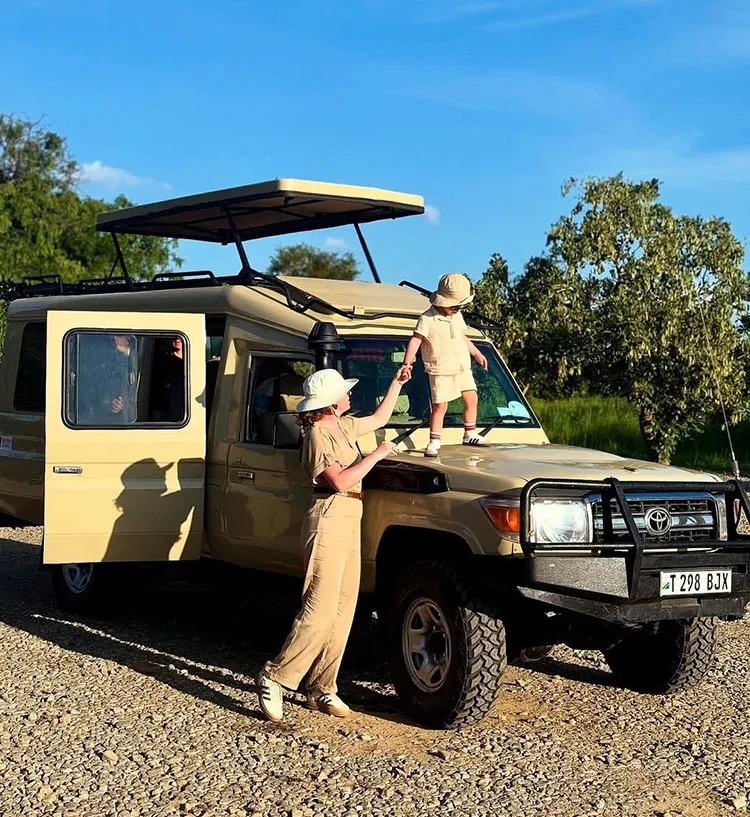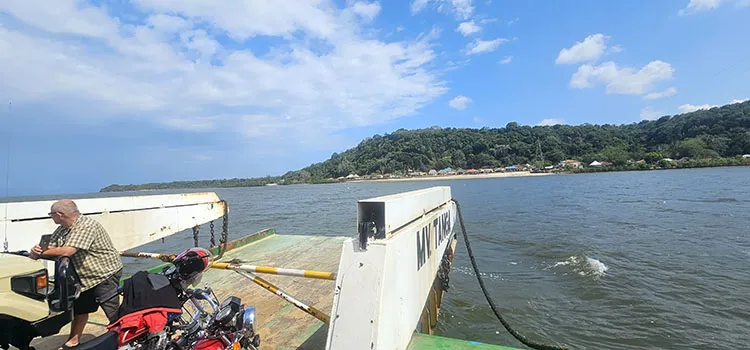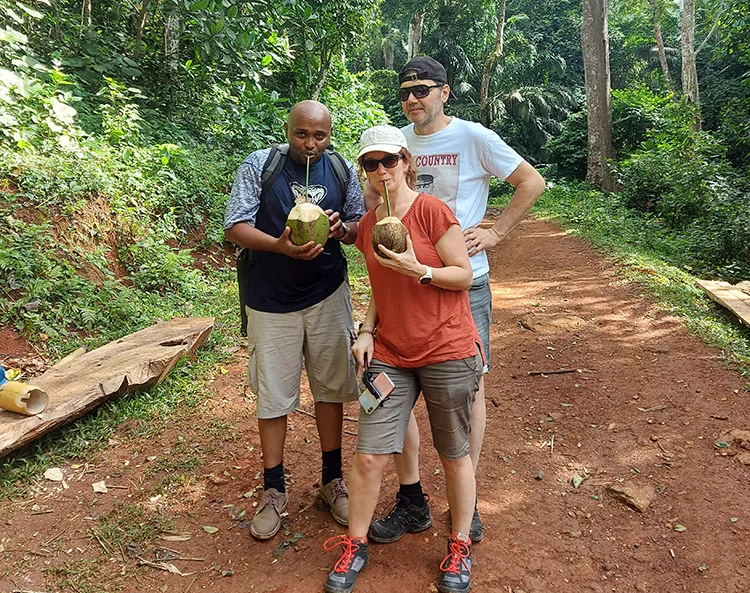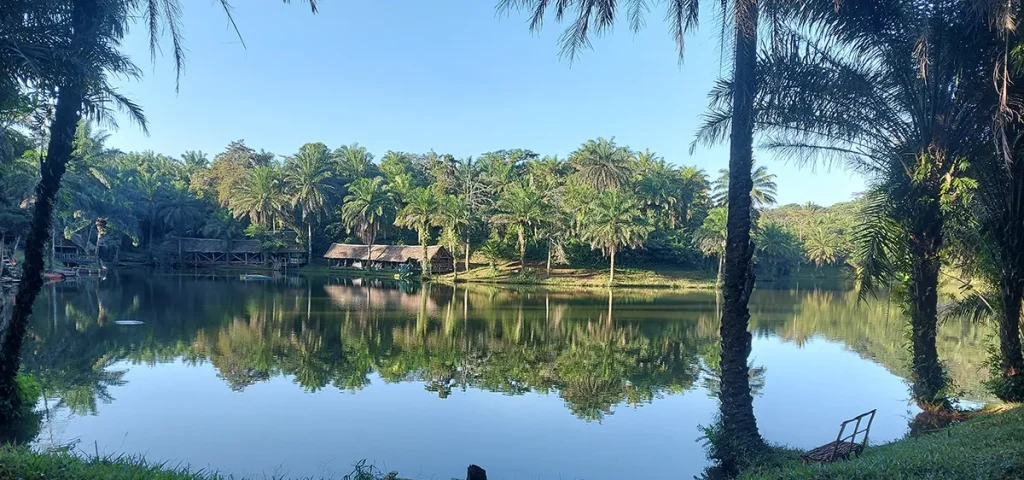Why Choose Tanzania for Your Family Safari
Tanzania stands out as one of Africa’s most rewarding safari destinations, offering a perfect blend of adventure, comfort, and family-friendly experiences. Young children can delight in shorter game drives, interactive nature walks, bug hunts, and enchanting campfire stories. At the same time, older kids and teenagers have the opportunity to embark on more adventurous activities such as walking safaris, hot air balloon rides, and cultural visits to Maasai villages. Travelling across the country is smooth and convenient, thanks to a network of well-maintained roads, short domestic flights, and seamless connections to major international hubs in Europe, the Middle East, and Africa. Beyond its iconic wildlife and breathtaking landscapes, Tanzania’s people are a significant reason families fall in love with the country. Tanzanians are renowned for their warmth and hospitality, and our expert guides have a talent for making every game drive a fun and educational experience for children. Local communities also welcome visitors to share their stories, dances, and traditions, creating authentic and unforgettable cultural encounters that will stay with your family long after your safari ends. Best Family Safari Destinations in Tanzania Serengeti National Park The Serengeti is Africa’s most legendary safari destination and a wonderland for families. The endless plains are home to some of the world’s most spectacular wildlife, from prides of lions and herds of elephants to giraffes and cheetahs. The Great Migration, where millions of wildebeest and zebra move across the savannah, is a highlight that fascinates both children and adults. Because wildlife is so abundant, even short game drives are packed with exciting sightings, making the Serengeti ideal for younger travellers. Tarangire National Park Known as the Land of Giants, Tarangire is a quieter park that surprises families with its dramatic landscapes and rich wildlife. Towering baobab trees dominate the horizon, while large elephant herds roam the riverbanks, often creating unforgettable moments as they bathe and play in the water. The park is also renowned for its tree-climbing lions and a diverse array of bird species. Tarangire offers a calmer, less crowded safari experience, perfect for families who want space and time to enjoy nature at their own pace. Ngorongoro Crater The Ngorongoro Crater is often described as a natural wonder—a vast volcanic caldera teeming with wildlife. Within its lush grasslands and swamps live the Big Five, including the rare black rhino. Families love the chance to enjoy a half-day game drive followed by a picnic surrounded by hippos or elephants, an experience that always leaves children delighted. For older children, the crater rim and surrounding highlands offer cultural visits to Maasai communities and gentle walks with stunning views. Lake Manyara National Park Compact yet full of surprises, Lake Manyara is an excellent introduction to safari life, especially for families with young children. The park is home to elephants, giraffes, hippos, and the famous tree-climbing lions. Its setting between lake and forest makes it a very scenic stop, and activities such as the treetop canopy walk, cycling through nearby Mto wa Mbu, or seasonal canoeing safaris add variety. Families often enjoy the relaxed atmosphere here before heading to the larger parks. Nyerere National Park (Selous) For adventurous families, Nyerere National Park offers a wilder, more off-the-beaten-track experience. It is the largest wildlife reserve in Africa. It is crossed by the mighty Rufiji River, where boat safaris bring you close to crocodiles, hippos, elephants, and a dazzling array of birdlife. Traditional game drives are combined with river excursions, making this destination unique and exciting for older children. Nyerere is best for families seeking something different, with fewer crowds and a stronger sense of wilderness. Zanzibar After the excitement of the safari, Zanzibar provides the perfect ending for families. The island’s white-sand beaches and warm, shallow waters are safe for children, while older kids can snorkel, kayak, or try paddleboarding. Families can also enjoy cultural experiences such as visiting spice farms, exploring Stone Town’s narrow streets, or learning Swahili traditions. Zanzibar blends relaxation with discovery, ensuring the whole family leaves Tanzania with both adventure and beachside memories. Safety on Family Safaris Tanzania is considered one of the safest safari destinations in Africa, but taking simple precautions ensures peace of mind. Before travelling, families should consult their doctor about malaria medication and vaccinations. While on safari, it is essential to use mosquito nets, apply insect repellent, and wear lightweight, long-sleeved clothing in the evenings. Drinking bottled or filtered water is always recommended, and guests should avoid tap water. Families are also advised to follow the guidance of their safari guide at all times, as their priority is safety in both the bush and the towns. For those travelling with young children who require car seats, we ensure the right vehicle is arranged to meet their needs. Tips for the Best Family Safari in Tanzania Consider a Private Safari One of the best ways to enhance your family safari is by choosing a private safari. Travelling with the same guide and vehicle throughout your trip allows you to tailor each day to your family’s preferences, including wake-up times, meals, and activities. This personalised approach ensures comfort and flexibility, and by the end of the journey, your guide often becomes like a trusted family member, making the experience even more enjoyable. Pack Well Packing thoughtfully can make a significant difference for families. Beyond the essentials, consider items that keep children entertained and engaged, such as colouring books, travel games, soft toys, lightweight binoculars, a camera or old phone, and a few favourite snacks. Additional items, such as a flashlight and cloth bags for organising laundry, can also be helpful. These small touches make daily routines easier and ensure your safari is smooth and stress-free. Prepare Your Kids for the Trip Involving children in the planning process helps build excitement and sets expectations. Role-playing likely scenarios, such as sitting quietly during game drives or listening to the guide, is a good start. Teaching a few Swahili words, such as jambo (hello) and asante (thank you), helps them connect with












